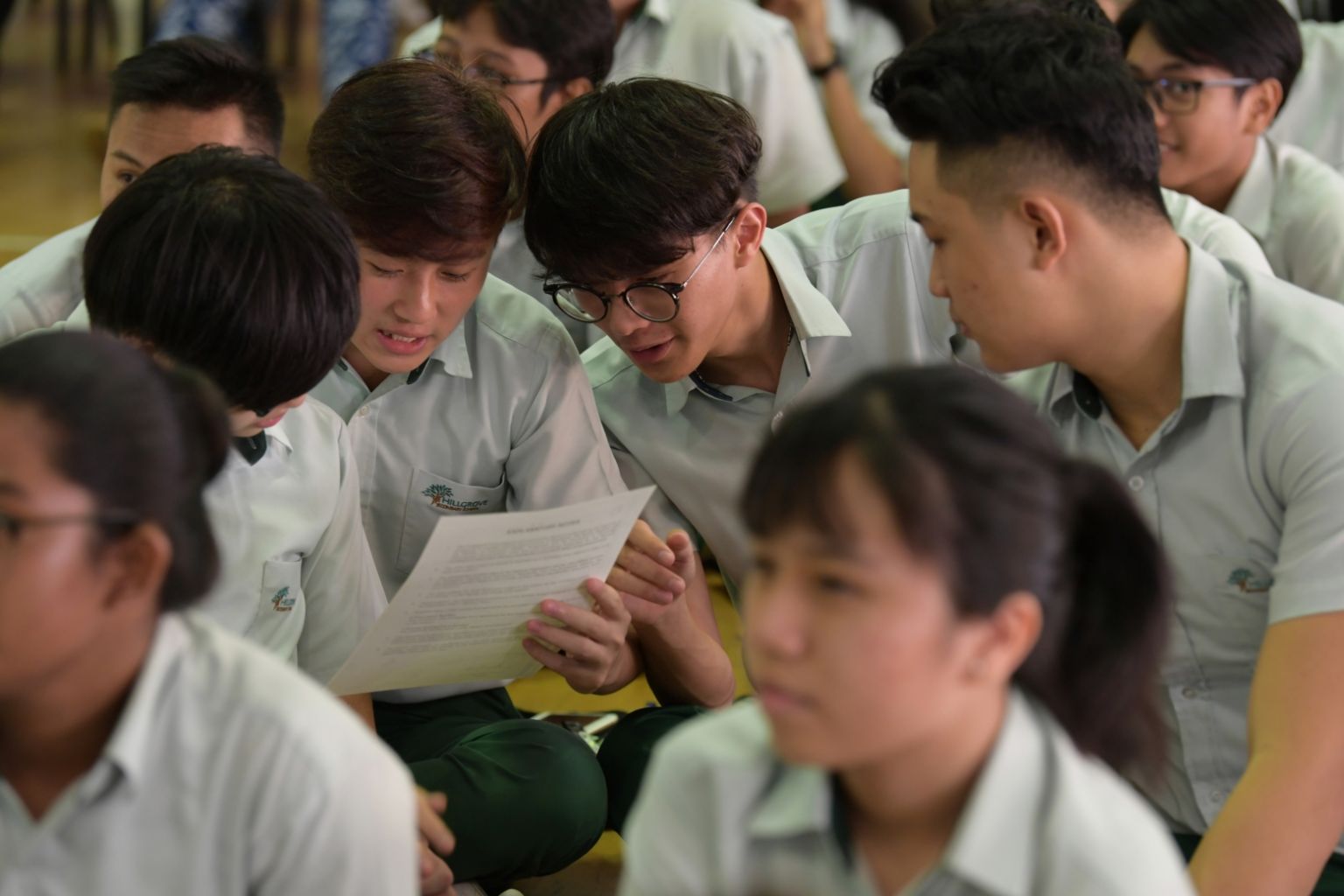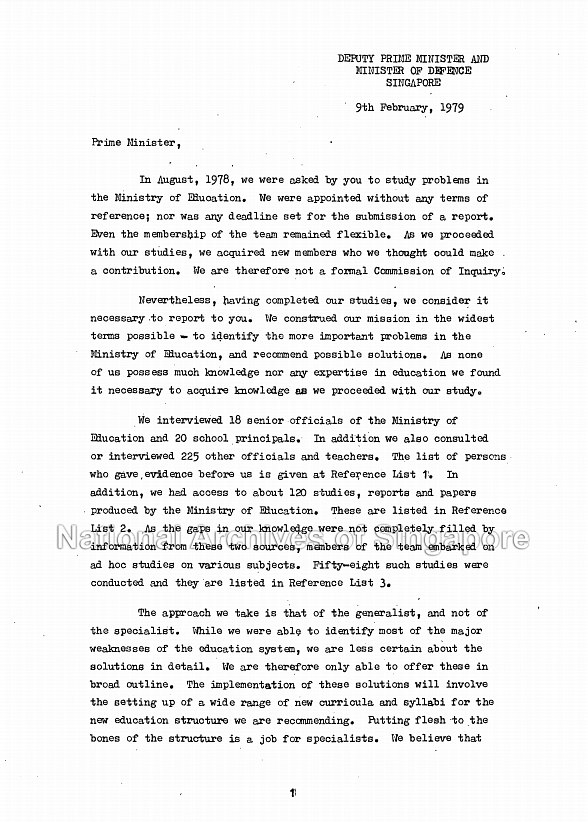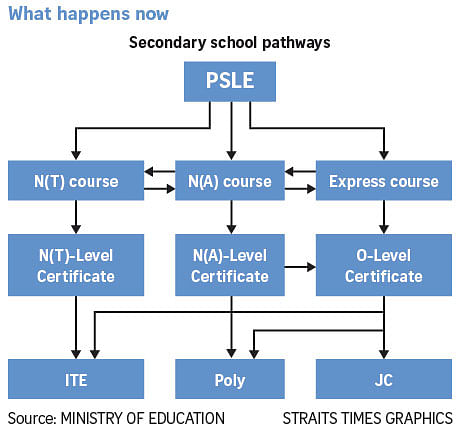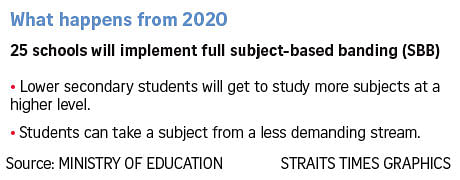From EM3 to subject-based banding: How streaming has changed over the years
Sign up now: Get tips on how to help your child succeed

Students from Hillgrove Secondary School receiving their result slips. Streaming was introduced in Singapore from the 1980s to sort students into different tracks according to their abilities.
PHOTO: ST FILE
Follow topic:
SINGAPORE - In 1978, then Deputy Prime Minister Goh Keng Swee led a team to overhaul education.
Then, many students had trouble staying in school.
As part of the team's report recommendations, streaming was introduced in Singapore from the 1980s to sort students into different tracks according to their abilities. It marked a shift away from a one-size-fits-all approach to learning in the early years of independence in the 1960s and 1970s.
Here's a look at how streaming has evolved over the years:
1980s: Pupils are streamed at the end of Primary 3 into either the normal bilingual, extended bilingual or monolingual course. These tracks are later replaced by the EM1, EM2 and EM3 streams.
Courses at the secondary school level are divided into three courses: Special (English and mother tongue at first-language level), Express and Normal.
1994: The Normal course is split into Normal (Academic) and Normal (Technical) streams. The N(T) track allows the 15 per cent to 20 per cent of the cohort who had previously dropped out of formal education after primary school to progress to secondary school and have 10 years of schooling.
1995: Express students can take higher mother tongue language as a subject; Special stream is merged with Express.
2002: Upper secondary students are allowed to take higher-level subjects if they are deemed suitable, that is, a Normal (Academic) student can take O-level subjects.
2004: EM1 and EM2 streams are merged.

2008: EM3 stream is scrapped. Subject-based banding is introduced in primary schools, through which schools provide a differentiated curriculum for Primary 5. Pupils take a combination of subjects at two different difficulty levels - Standard or Foundation level.
2014: Subject-based banding is extended to lower secondary students; pilot scheme starts in 12 schools. Under the scheme, students from the N(A) and N(T) streams who score at least an A for English, mathematics, science or mother tongue at the Primary School Leaving Examination can study the corresponding subjects at the Express level.
2018: Subject-based banding is rolled out to all secondary schools.
2020-2023: Full subject-based banding to be offered in 25 pilot schools, where students will be able to study the humanities subjects at a higher level from Secondary 2. The schools will also try out new form class arrangements instead of the traditional sorting by Express, N(A) and N(T) streams.




